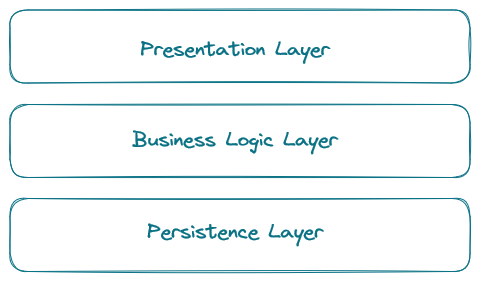Upskilling in Python
I've recently been reading Practices of the Python Pro by Dane Hillard and Architecture Patterns with Python by Harry Percival and Bob Gregory. Both books outline key principles, techniques and design patterns for developing Python applications. My plan is to utilise the ideas outlined in these books whilst developing this project. I realise this may result in over-engineering of the project but I believe this is acceptable to further my knowledge and skills.
Project Overview
Within my current role I support several athletes that require the prescription of conditioning sessions as part of their training plan. To provide effective support involves three tasks:
- Recording assessment data related to athlete's fitness qualities
- Providing feedback to athletes and coaches on fitness progression
- Prescribing individualised conditioning sessions based upon assessment results
Currently the process takes a number of steps involving multiple Excel workbooks and a lot of copy and paste.
The goal of this project is to streamline and automate the process to save me time, whilst also improving my knowledge of software design patterns and techniques. As a first iteration the application will need to provide the following functionality:
- Store athlete data for a variety of assessment results (2km and 5m times)
- Calculate fitness metrics from assessment results such as Maximal Aerobic Speed, Maximal Sprinting Speed and Anaerobic Speed Reserve
- Provided a summary overview of fitness progression for athlete and coaches
- Prescribe conditioning sessions and individualise target distances or target paces for each athlete
- Create a downloadable sheet of each athlete's target distance/pace to be used during conditioning session set-up
However, I want to ensure that I structure the project in an appropriate manner to extend it's functionality at a later date if additional functionality is required.
Project Structure
I plan to use a three-layered architecture for the project. The three layers consist of a presentation layer to interface with the user, a business model layer containing the logic to implement the required workflows associated with monitoring and prescribing individualised conditioning sessions and a persistance layer to load and store the required data.

For the first version of the project I'm going to create a CLI for the presentation layer and utilise existing csv files for the persistence layer. I'm aiming to create an interface between the business logic layer and the presentation and persistence layers to provide the ability to switch between components. For example, create a web app for the presentation layer or utilise a database for the persistence layer.